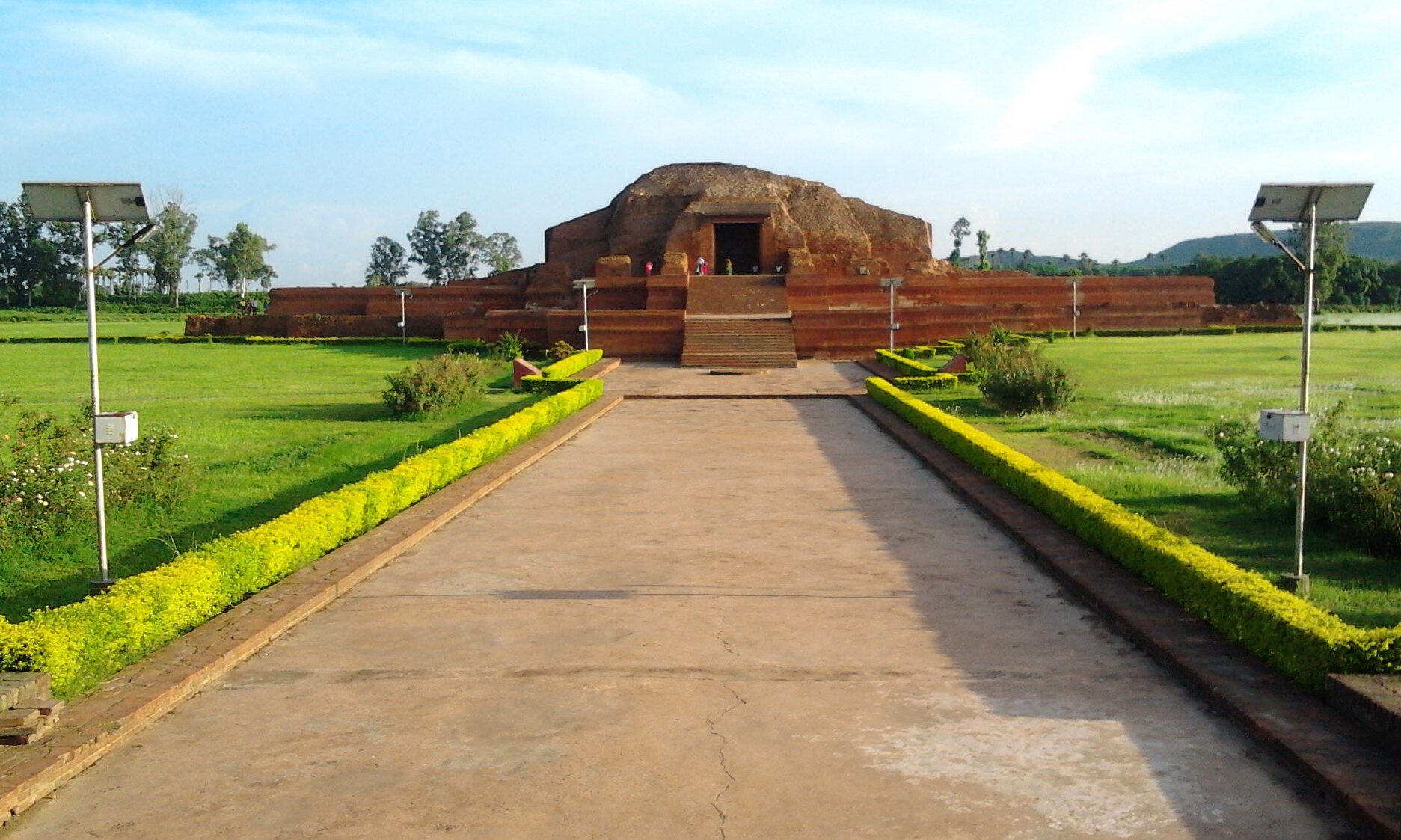This Dargah is famous for spirituality, communal harmony and sufism. Darghah of Hazrat Mustafa Jamalul Haque Bandagi, Chimni Baza and 'Khanquah Alia Mustafia' is located hardly 7 km away from main city.
Its history goes 400 years back, when Hazrat Bandagi came from Jaunpur, Uttar Pradesh visiting several Khanqahs and Dargahs from all over India such as the Pandawa Sharif, the Bihar Sharif etc.
This Darghah is playing a major role to spread culture, education, kindness, secularism and spiritual spirits in Northeast Bihar since its inception.
An “Urs” in the form of Mela ( village fair) is organised on 7th day after Eid-Ul-Azha and continues up to 3 days every year .



















